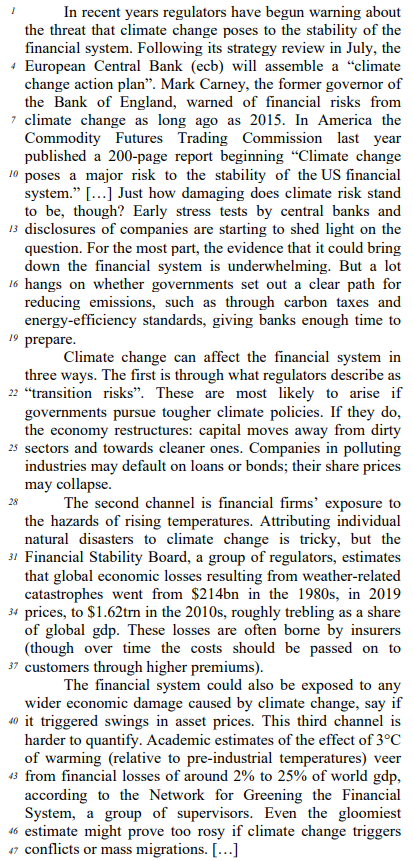Questões de Concurso
Foram encontradas 7.394 questões
Resolva questões gratuitamente!
Junte-se a mais de 4 milhões de concurseiros!
Leia o texto para responder às questões de números 36 a 42.
While the potential benefits or drawbacks of children playing video games receive a lot of attention, little notice is taken of the place of children within video games themselves.
A recent survey at the Anglia Ruskin University, Great Britain, investigated how children were represented in over 500 commercially successful video games, aimed both at adults and at children, published between 2009 and 2019. Although video games are often considered a children’s medium, it was found that, out of the 506 video games analysed, 331 did not contain any child characters at all. In the remaining titles that did feature a child character, less than half of them were significant characters.
How “the child” is treated in media like video games is a reflection of the morals of wider society. If a game treats children badly without explicitly condemning this treatment, it violates these morals. This accounts for the absence of child characters in controversial open-world games that predominantly invite players to steal cars, shoot people, and evade the police.
Children were also absent from games that aren’t particularly violent. Child characters did not feature in the majority of sports, racing or music games. Because the majority of children are excluded from the world of work, games that simulate aspects of real industries represent virtual environments that are only populated with adults.
Child characters in video games can also tell us about how society visualises the figure of the child. Adult characters in video games are more likely to be white and male. This same pattern was observed in the research on child characters. Where playable child characters were given a gender, 25 were male and six were female. The lack of playable girl characters reinforces the idea that boys are at the centre of the action and girls exist only on the sidelines.
Animal or other non-human characters were more common than non-white child characters. This echoes a problem in western children’s literature: non-human characters appear less frequently than white child protagonists but significantly outnumber child protagonists of all other races. Examining the digital kids that populate virtual gameworlds is a great way to show that how societies perceive “the child” is often in a narrow and exclusionary way.
(Emma Joy Reay. www.theconversation.com, 01.06.2022. Adaptado)
In the fragment from the fourth paragraph “aspects of real industries represent virtual environments that are only populated with adults”, the underlined word can be correctly replaced by
Text CB1A7
Whenever a global economic transformation takes place, a single city usually drives it forward. Ghent, in modern-day Belgium, was at the core of the burgeoning global wool trade in the 13th century. The first initial public offering took place in Amsterdam in 1602. London was the financial centre of the first wave of globalisation during the 19th century. Today the city is San Francisco.
California’s commercial capital has no serious rival in generative artificial intelligence (AI), a breakthrough technology that has caused a bull market in American stocks and which, many economists hope, will power a global productivity surge. Almost all big AI start-up companies are based in the Bay Area, which comprises the city of San Francisco and Silicon Valley (largely based in Santa Clara county, to the south). OpenAI is there, of course; so are Anthropic, Databricks and Scale AI. Tech giants, including Meta and Microsoft, are also spending big on AI in San Francisco. According to Brookings Metro, a think tank, last year San Francisco accounted for close to a tenth of generative AI job postings in America, more than any other city of the country. New York, with four times as many residents, was second.
Internet: <www.economist.com> (adapted).

According to the text, mark the statements below as right (C) or wrong (E).
The author presents three arguments to explain how
climate change affects the financial system.